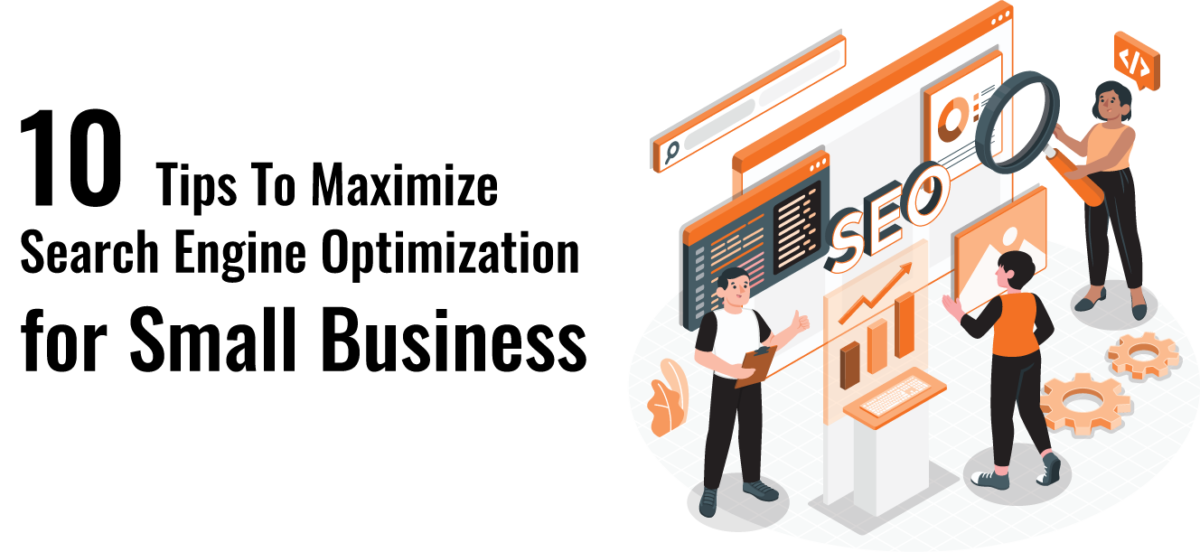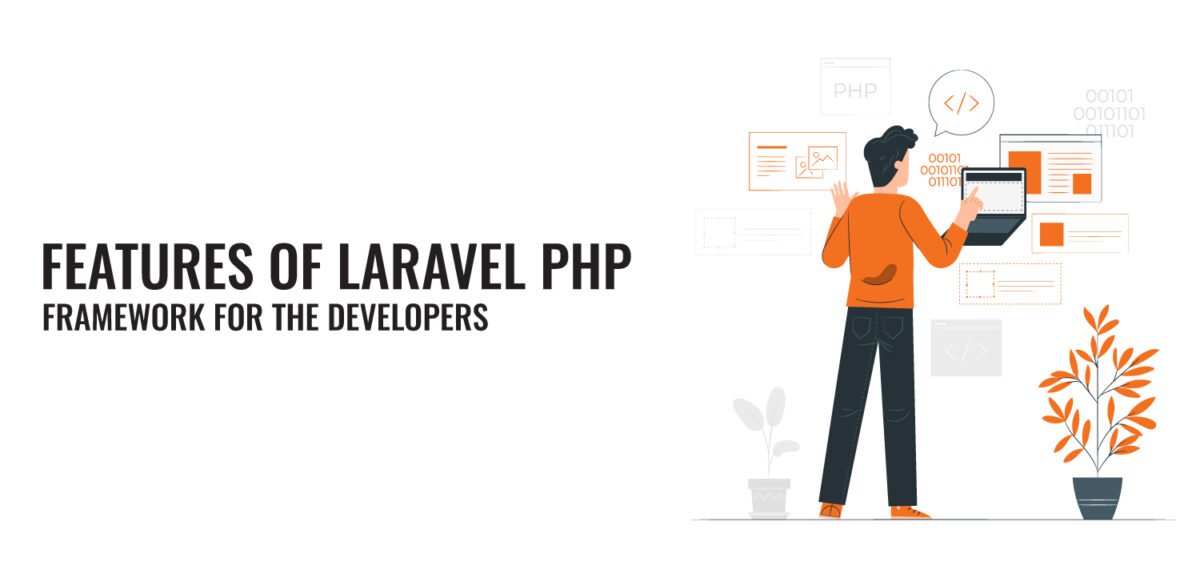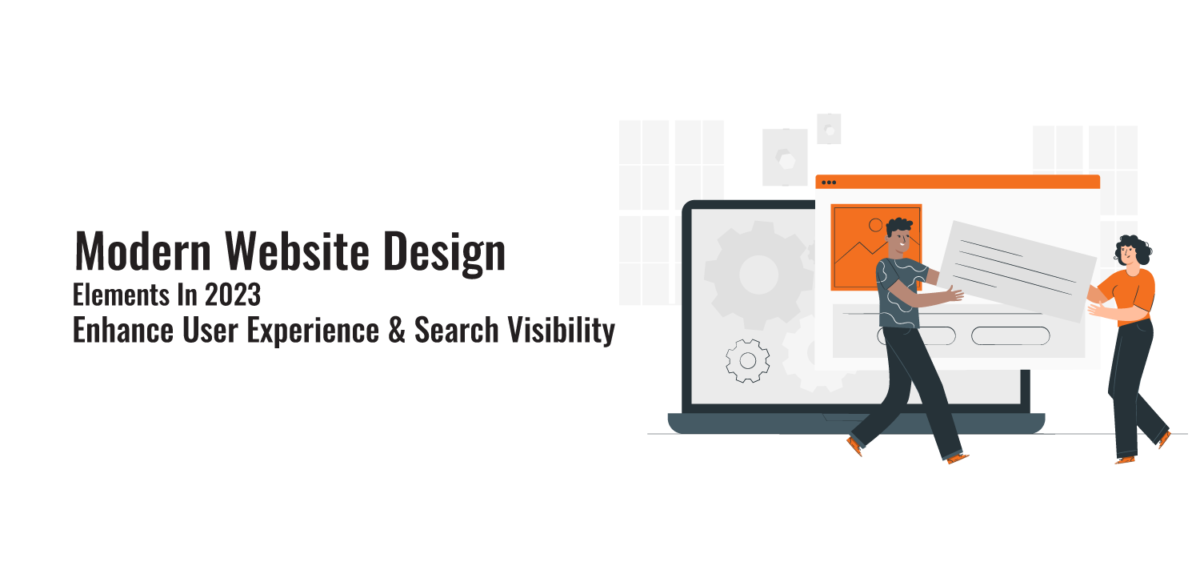For web development, call to action buttons (CTAs) are often ignored. Now and then designers fail to comprehend what exactly makes a good call to action button, besides knowing they should be attractive and can fluently merge in the overall layout. Unfortunately, call to action buttons are one element on websites that are too significant to be designed without understanding what makes them effective.
After all, the core purpose of creating a call to action button is to encourage visitors to take some action. It’s crucial to get at least an elementary understanding of how language, scale, color, and other factors affect the conversion rate of call action buttons. The concept of creating these buttons isn’t too complicated, but it certainly takes some consideration and planning to develop effective call to action buttons for a specific website.
Impetus Behind Creating CTAs
The term call to action is itself a bit vague, but these buttons can surely be used for a variety of functions. The main objective for creating call to action buttons is to sway your website, visitors to do something like request information, add a product to shopping cart, download something, or just do nearly anything else.
Since call to action buttons serve varied purposes, therefore, a lot of thinking goes into what you aim to achieve with them. Your target audience, desired action, and the type of site all can play a major role in how to design the best call to action button.
Types of CTAs
There are various types of call to action buttons and each aims to influence visitors to perform a specific action. But these actions can vary substantially. Here VirtueNetz.com has listed call to action buttons that are widely used by the majority of web designers across the globe.
i. Add to Cart Button
The “add to cart” call to action button is one of the most widely used buttons, particularly on e-commerce sites. You can find this button on individual product pages as their key objective is to tempt customers to purchase an item. Some of the most common design elements you have seen in add-to-cart buttons have plain wording, such as Buy Now, Add to Bag or simply Add to Cart. Whereas, typical icons a web development company or web designer uses for these buttons are bags or carts.
ii. Sign Up Button
If you are a frequent internet user, the ‘Sign Up’ button is something you may have come across innumerable times. Since it is being frequently used by email, social media, job, and several other sites. Sign-up buttons are used for two different purposes. The first and most common type is lined with sign-up forms whereas the second is associated with add-to-cart buttons as a way for visitors to make purchases and sign up for an account or service.
iii. Learn More Button
The other most commonly used call to action button is ‘Learn More’. These buttons are usually found at the end of a teaser information block that are customarily found on the homepage. The goal of creating these buttons is to entice visitors with a small piece of intriguing information and make them stay for a longer period. It is due to this fact, that Learn More buttons are oversized and simple because this design helps e-commerce sites gain visitors’ attention effortlessly.
iv. Download Button
In case, you want your visitors to take possession of something, then there is no better option than the Download button. These buttons allow users to download specific data like, songs, pdf files, etc. Many web designing companies in the US prefer to add more information to these buttons such as download size or version info, as compared to other types.
v. Trial Button
The trial button is another excellent option for business websites to persuade their visitors to try their offerings. Such offerings come in the form of free trials. For instance, you can try a new service free for a limited period, but it varies from site to site. Some developers do not have a preference to add much information to trial buttons, but others like to proffer more.
 ?>
?>
 ?>
?>
 ?>
?>
 ?>
?>
 ?>
?>
